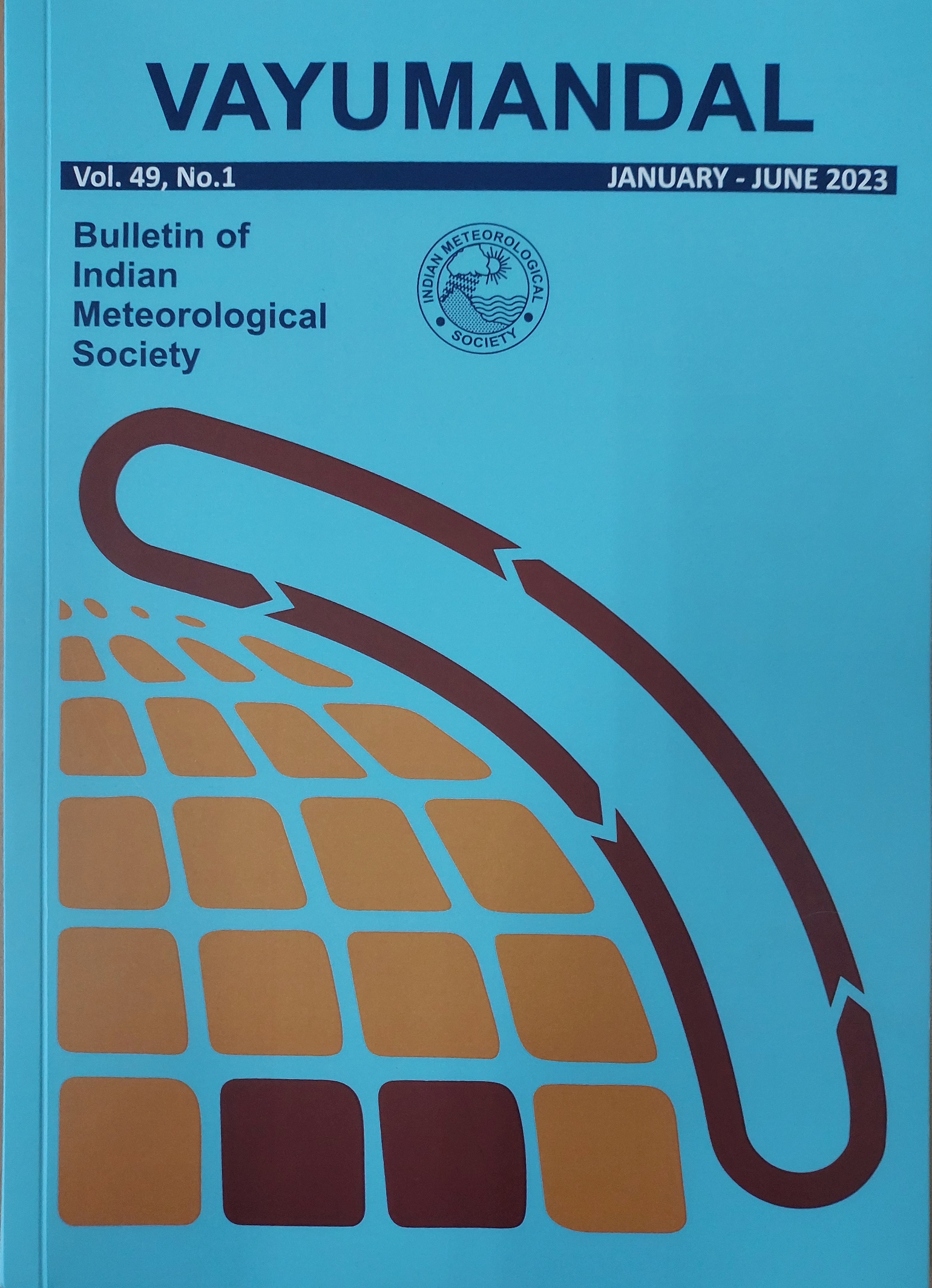Correlations of Particulate Matter and Associated Weather Factors in the Capital City of the State of Bihar, India: An Analysis and Prediction
Abstract
Fine particulate matter (PM2.5) is the most important environmental risk factor, requiring routine monitoring and analysis for effective management of air quality. Exposure to high levels of PM2.5 can have significant impacts on human health, such as aggravating asthma, causing respiratory problems, and increasing the risk of lung cancer. High levels of PM2.5 can affect visibility and reduce air quality, which can in turn impact weather conditions. For example, during periods of high PM2.5 concentrations, there may be increased haze and smog in the air, which can reduce visibility and make it difficult to see objects at a distance. In some cases, this can also result in lower solar radiation and, as a result, cooler temperatures. This work used a machine-learning approach to predict PM2.5 and examine the association between PM2.5, a variety of contributing factors, trend analysis, and their temporal variations based on air quality data and meteorological data for the metropolitan city of Patna for the period 2016 to 2023. The results show that PM2.5 concentration predictions can be made using the random forest model. In this model, the PM2.5 concentration is significantly affected by the visibility, mean sea level pressure, CO, O3, relative humidity, wind speed, dew point temperature, etc., but there is only a weak link between these parameters. From 2016 to 2023, the data showed a persistence in PM2.5 pollution levels, and the data also revealed substantial variations in PM2.5 concentration and its fluctuations over the different months. The objective of the analysis is to take a close look at the impacts of weather on air pollution in the capital city of Bihar. This type of analysis may be carried out in other cities as well. This research could help air pollution management programmers in Patna, the state capital, as well as all cities lying in the pollution-prone Indo-Gangetic Plains regions.
Copyright (c) 2023 Vayumandal

This work is licensed under a Creative Commons Attribution-NonCommercial 4.0 International License.
All articles published by VAYUMANDAL are licensed under the Creative Commons Attribution 4.0 International License. This permits anyone.
Anyone is free:
- To Share - to copy, distribute and transmit the work
- To Remix - to adapt the work.
Under the following conditions:
- Share - copy and redistribute the material in any medium or format
- Adapt - remix, transform, and build upon the material for any purpose, even
commercially.


